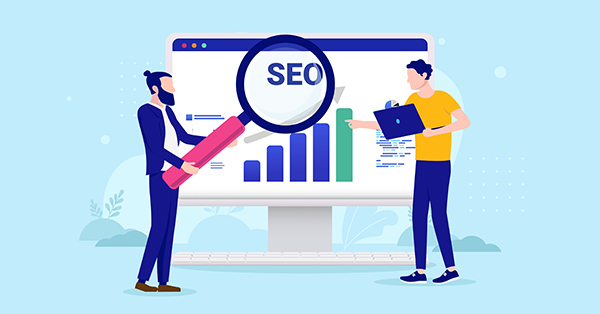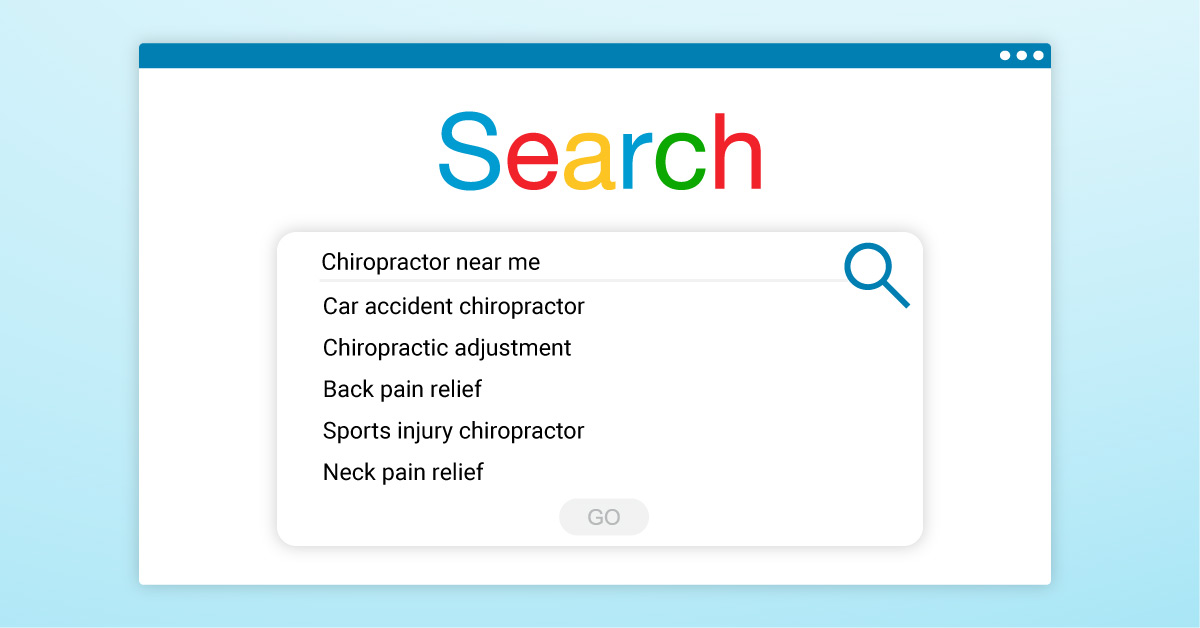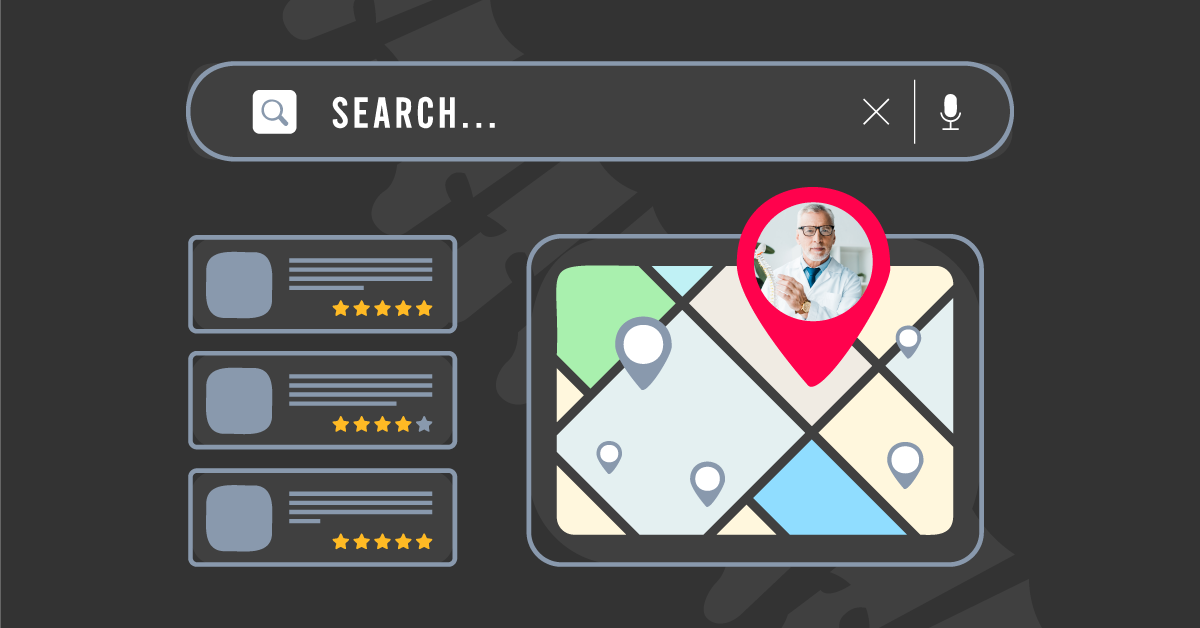What You Need to Know About Technical SEO
Technical SEO describes a variety of search engine optimization strategies that are used to appeal to the search engine itself. There are certain characteristics, such as quick page speed and mobile-optimization, that cause search engines to prioritize some pages ahead of others. By using technical SEO correctly, you will rank higher on search engine results pages, meaning more clients can find your practice more easily.
Now, you don’t have to be a Silicon Valley web developer to stay up to date on the latest trends in SEO. Whether you design your web pages in house or outsource the work, it’s important to learn how to communicate with your team of marketing professionals. This will give you a better understanding of how your marketing plan is helping your practice.
So, what is technical SEO, anyway? Stay tuned while we answer that question and go over some of the technical SEO basics.

What is Technical SEO?
While we have already provided a broad definition, technical SEO is a little more complex than just a collection of search optimization strategies. First, let’s tackle who, or what, it is that technical SEO is trying to speak to.
Do you know how your search engine results end up on a page? It’s not magic that finds the information you need, it’s a robot. Well, a search engine bot. Search engines have a program that automatically allows them to scan websites to find the most useful web pages to populate on a search engine results page, or SERP. These search engine bots, also referred to as spiders or crawlers, scour the internet for new URLs and add each one into an index.
Every time you plug a search into Google, this bot pulls information from its billions of indexed web pages to provide you with the information you need. While we don’t know all of the ranking signals Google’s algorithm uses to determine which pages populate on SERPs, we do know enough to implement technical SEO into our digital marketing plans. Next, let’s take a look at some of the technical SEO must-haves.
1. Indexable Pages
This is one of the most fundamental aspects of your website. Search engine crawlers are only able to access indexable pages. All pages should be in HTML format in order for the bots to find them and assess their relevance to the search query. Your web developer will do this by placing text in HTML format on the back end of your website. To check and see if your site is currently using indexable pages, you can use an online tool that will show you whether or not search engines are locating your page and what they see when they do.
2. Crawlable Link Structure
Think of your website like a spider’s web. This web is made of links that connect pages to one another, allowing the search engine spider to easily crawl through your site. However, sometimes there is an obstruction that keeps the spider from being able to find certain links. That means the content on those pages won’t be able to populate on search engine results pages, leaving all of your great content unseen by prospective clients.
There are a few things that could prevent users from accessing certain content on your site. For example, if a page requires a submission form to open, the search bot won’t be able to see the page, since, you know, robots can’t type. It’s better not to have important information gated in this way because your prospective clients are unlikely to see it.
3. Page Speed
Page speed is defined by how quickly the content loads on a webpage. Google is not shy about the fact that page speed is a ranking factor for their search algorithm. After all, slower pages prevent the search engine bot from crawling through them quickly enough to populate the pages on a SERP.
User experience, or UX, is also affected by page speed. A slower page often leads to a higher bounce rate, as web users will direct away from the site if the page doesn’t load almost instantaneously.
4. Keywords
Keywords are words or phrases that describe what your content is about so that search engines can rank your page for a related web inquiry. For example, if you were a master pastry chef in Austin, Texas, you may use the keyword phrase “best pastries in Austin” in your content.
To find keywords for your web pages, blogs, and other content, you may want to invest in a program that lets you search the usability of keywords. Another way to go about searching for relevant keywords is to use Google’s autocomplete feature. Brainstorm applicable keywords for your content, then begin entering them into Google’s search bar to see what popular search terms pop up.
5. Title and Meta Tags
Title tags give the user insight into what your content is about. To optimize title tags, keep the length short and sweet. Search engine results pages only show about 65-75 characters of the title tag, so it’s ideal to stay within this range. It’s also important to utilize a keyword or phrase in your title tag so that search engine bots can find your page easily.
Meta tags are implemented into a page’s coding to describe the content of that particular web page. While meta tags aren’t visible to the user, they are visible to the search engine bot. When you or your web developer are creating meta tags in a page’s HTML code, be sure to include keywords and accurate descriptions.
 Why Does My Practice Need SEO?
Why Does My Practice Need SEO?
Practicing search engine optimization enables more prospective clients to find your practice online. The more people that find your site online, the more people you will have calling in to make an appointment with you. You know your practice is great, so make sure your website is, too.
Looking for more resources to help you learn how to reach your business goals?
Should You Focus on SEO or Adwords? How to Leverage Both for Your Business
How to Brainstorm Keywords
Stand Out From the Crowd With Your Website
PGNlbnRlcj48ZGl2IGRhdGEtaWQ9Ijk4ZGQ2MWYzOGQiIGNsYXNzPSJsaXZlY2hhdF9idXR0b24iIG9uY2xpY2s9InBhcmVudC5MQ19BUEkub3Blbl9jaGF0X3dpbmRvdyh7c291cmNlOidtaW5pbWl6ZWQnfSk7IHJldHVybiBmYWxzZSI+PGEgaHJlZj0iIyI+PGltZyBzcmM9Imh0dHBzOi8vaW1hdHJpeC5jb20vd3AtY29udGVudC91cGxvYWRzLzIwMTgvMDUvbGl2ZS1jaGF0LWJsb2ctMS5qcGciIGFsdD0iaU1hdHJpeCBMaXZlQ2hhdCIgd2lkdGg9IjgwMHB4IiBoZWlnaHQ9IjIyNXB4IiBib3JkZXI9IjAiPjwvYT48L2Rpdj48L2NlbnRlcj4=



